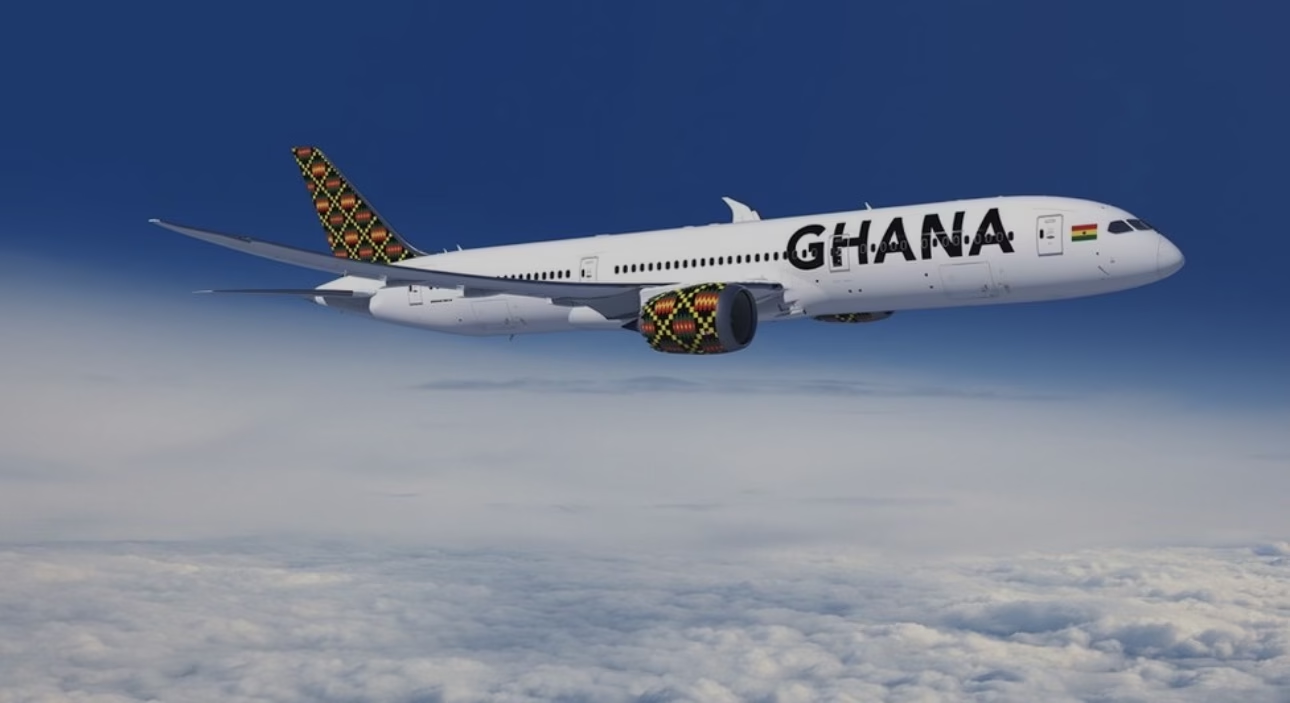Outdated Aircraft, Blind Weather Systems — A Disaster Waiting to Happen

Ghana’s aviation sector is fast approaching a breaking point. From outdated aircraft operating on domestic routes to a fragmented and poorly coordinated weather monitoring system, aviation experts are warning that the nation is one systemic failure away from another major disaster.
The recent helicopter crash that claimed the lives of top officials has reignited urgent questions about how safe Ghana’s skies truly are — and whether the country’s civil and military aviation systems have kept pace with modern global standards.
Systemic Failure, Not Human Error
The official report on the Ghana Air Force helicopter crash made one thing clear: no single individual was to blame. Instead, it exposed deep-rooted institutional weaknesses — missing avionics, outdated navigation tools, and the absence of advanced weather forecasting coordination between the Ghana Meteorological Agency (GMet), Air Traffic Control, and the Air Force.
The aircraft lacked modern Terrain Awareness and Warning Systems (TAWS) and Enhanced Ground Proximity Warning Systems (EGPWS) — standard safety tools used worldwide to prevent collisions with terrain under poor visibility.
“The report shows a clear pattern of systemic negligence — our aircraft are flying with 1990s technology in 2025,” an aviation safety analyst told Nsemgh under condition of anonymity.
Outmoded Fleet and Rising Risks
Aviation insiders say many aircraft used for domestic transport — including government-chartered and privately operated planes — are aging models with limited instrumentation upgrades. Some were acquired second-hand and lack the latest avionics to assist pilots in real-time weather and terrain navigation.
In addition, Ghana’s airfield infrastructure — particularly in smaller cities like Wa, Sunyani, and Ho — remains rudimentary, with insufficient weather sensors, radar coverage, and instrument landing systems.
“Our pilots are often forced to fly by sight in unpredictable tropical weather. That is not acceptable in modern aviation,” said Capt. Paul Fordjour, a veteran pilot and safety consultant.
Weather Monitoring: A Weak Link in the Chain
At the heart of Ghana’s aviation risk is its disconnected weather monitoring network. While GMet collects data, communication gaps between the agency and air traffic controllers mean that critical weather alerts are often delayed or incomplete.
The crash report’s recommendations underscored this flaw, urging government to modernize aviation meteorological coordination and install real-time weather radar systems across the country.
Currently, Ghana has only two functional aviation weather radars, covering a limited portion of its airspace. Large stretches of the country remain unmonitored, leaving pilots “flying blind” in the event of sudden downdrafts, thunderstorms, or low visibility.
Regulatory Oversight in Question
The Ghana Civil Aviation Authority (GCAA) has been commended internationally for compliance with ICAO standards, but industry experts say oversight tends to focus more on paperwork than practice.
Insiders within the aviation sector describe a “checklist culture” — where operators tick boxes to satisfy audits, while core safety infrastructure remains outdated.
“Aviation safety isn’t about writing reports. It’s about the right technology, trained people, and coordinated systems. We’re missing all three,” said an anonymous GCAA official.
Urgent Call for Aviation Reform
Stakeholders are now calling on the Ministry of Transport, the GCAA, and the Ghana Air Force to undertake a national aviation review — covering fleet modernization, air traffic systems, and weather infrastructure.
The proposed reforms include:
- Replacing obsolete aircraft used in domestic transport and government operations.
- Installing nationwide weather radar coverage for real-time meteorological updates.
- Re-training pilots in instrument flying and adverse-weather operations.
- Creating an Aviation Safety Modernization Fund to finance upgrades across public and private operators.
“Ghana has been lucky so far,” warns Prof. Joseph Mensah, an aerospace engineer. “But luck is not a safety strategy. Without investment and coordination, it’s only a matter of time before another preventable tragedy occurs.”
The Bottom Line
The writing is on the wall. Ghana’s aviation sector is operating on borrowed time — with outdated machines, limited weather awareness, and disjointed safety coordination. The cost of inaction could be catastrophic.
If the nation is serious about protecting lives and its international reputation, now is the time to overhaul the system before the next headline writes itself.
📰 By Nsemgh Investigations Desk
For news, investigations, and policy analysis, visit www.nsemgh.com.

